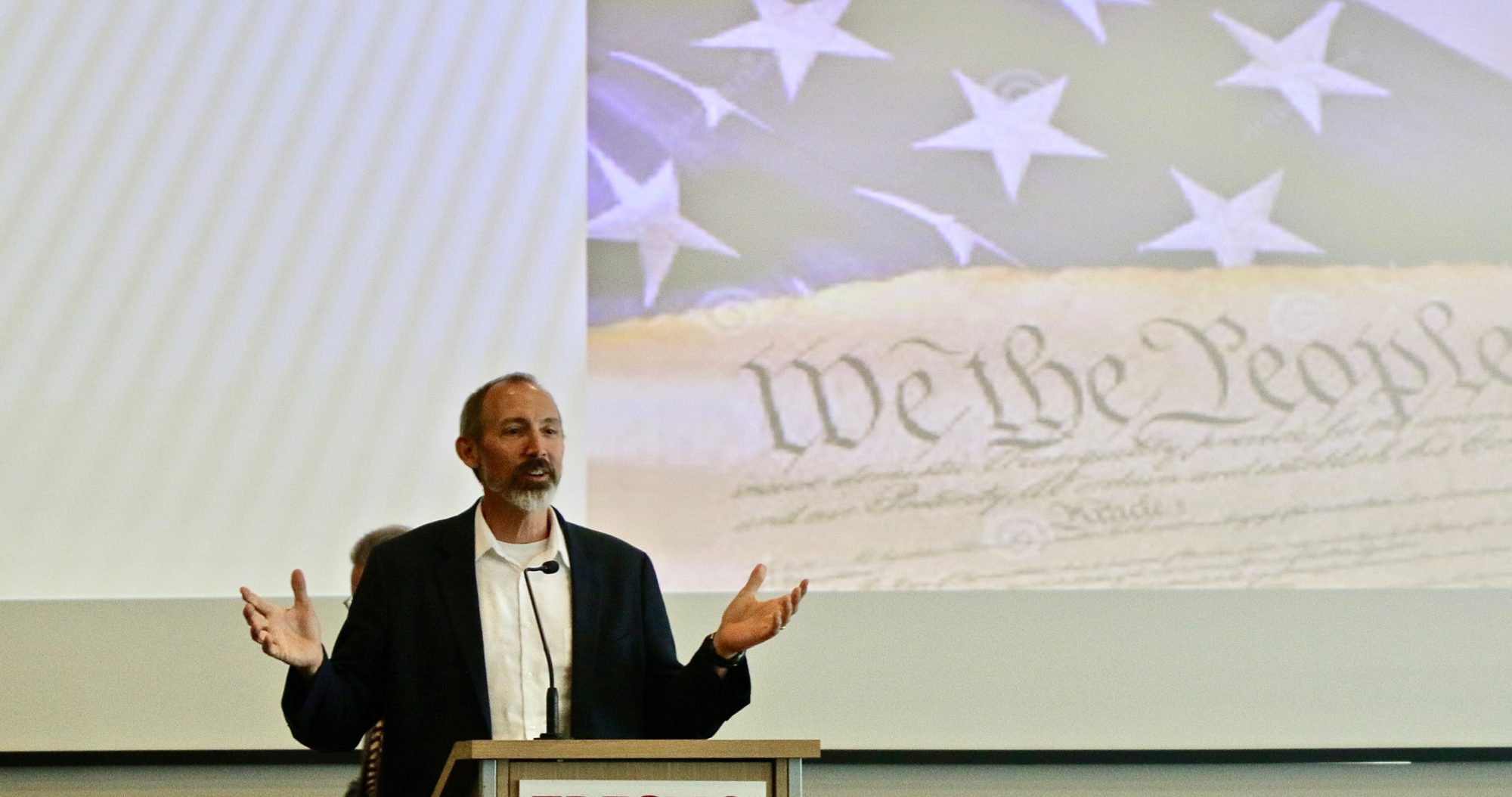Violence Can Move Bodies, But Not the Spirit
Fresno Bee, November 18, 2011
Martin Luther King thought that nonviolent civil protest created a “tension in the mind.” This tension is the result of seeing good people jailed and brutal power unleashed upon passive resisters. King’s insights help explain reaction to recent police brutality against Occupy protesters.
Police have used rubber bullets, stun grenades, pepper spray, and clubs to break up Occupy encampments across the country. An Iraq war veteran was injured in Oakland, An 84-year old grandmother was pepper sprayed in Seattle. And at UC Berkeley, cops in riot gear jabbed students with nightsticks.
In the Berkeley case, officials defended police action in public statements that do indicate a certain tension in the mind. The UC Berkeley police captain explained (in an article in the San Francisco Chronicle), “the individuals who linked arms and actively resisted, that in itself is an act of violence. I understand that many students may not think that, but linking arms in a human chain when ordered to step aside is not a nonviolent protest.”
Robert Birgeneau, The UC Berkeley Chancellor, explained this more fully in a letter to the campus. “It is unfortunate that some protesters chose to obstruct the police by linking arms and forming a human chain to prevent the police from gaining access to the tents. This is not non-violent civil disobedience. By contrast, some of the protesters chose to be arrested peacefully… They did not resist arrest or try physically to obstruct the police officers’ efforts to remove the tents. These protesters were acting in the tradition of peaceful civil disobedience, and we honor them.”
Although the Chancellor invoked our tradition of civil disobedience, he appears to have forgotten the power of the images of police violence from the Civil Rights era. Police who strike unarmed, nonviolent protestors are usually on the wrong side of history.
Violence is effective in the short term. Police were able to clear protesters out in Oakland, Seattle, and Berkeley. The philosopher Hannah Arendt explained, “Out of the barrel of a gun grows the most effective command, resulting in the most instant and perfect obedience.” Violence does move bodies. But it cannot move the spirit.
Violence does not prove anything about justice or truth. King explained, “in the long run of history might does not make right and the power of the sword cannot conquer the power of the spirit.” In fact, violence can provoke a spirit of rebellion in the hearts of those who are bullied. And thus violence tends to escalate, as those who are harassed begin to push back.
Violence and nonviolence are slippery concepts. We can use the term “violence” metaphorically to describe storms and emotions. And some people speak of structural violence—which is the tendency of a system to harm people through racism or oppression. But violence is usually understood as harmful physical force intentionally applied against the will of some victim.
It seems clear that on this definition, the police have been violent. When cops strike students with clubs or pepper spray old women, it is obvious that there is intent to cause physical harm. Protesters who link arms do resist police power. But linking arms is nonviolent because it does not intend to cause physical harm.
Occupy protesters have invoked the idea of structural violence, claiming that the system is set up in a way that harms the majority. When the police attack peaceful protesters with batons and pepper spray, one suspects that they may be right.
The protestors at Berkeley, for example, were trying to call attention to the problem of education in our state. Tuition keeps increasing. Classes are cancelled or jammed to overflowing. And students graduate with large debts and few opportunities. Students are beginning to push back against a system that is failing them. But linking arms in protest is not violence, despite what the Berkeley Chancellor said.
Some people may think that it is better to clear the tents and end the protests quickly, hoping that the structural problems will go away. But attacking the protesters won’t solve our problems. And it is wrong to suggest that the police are somehow justified in assaulting those who are directing our attention to these problems.

